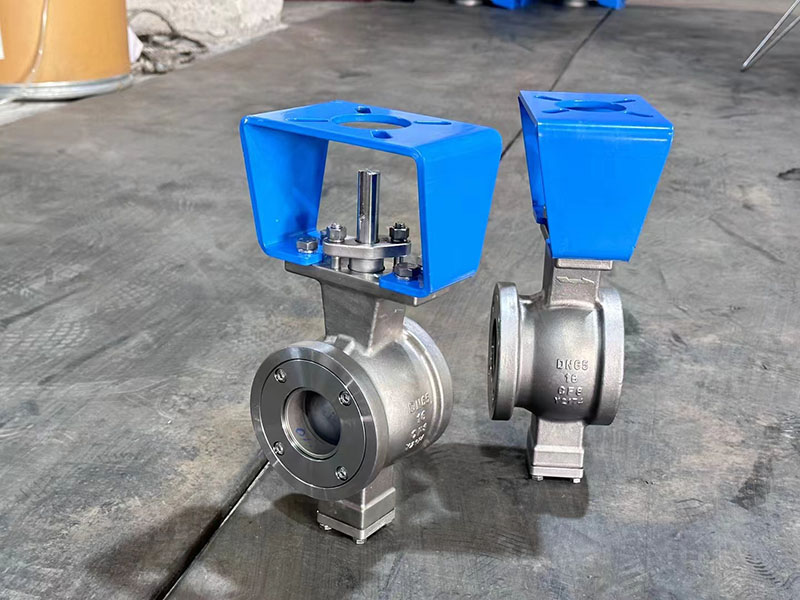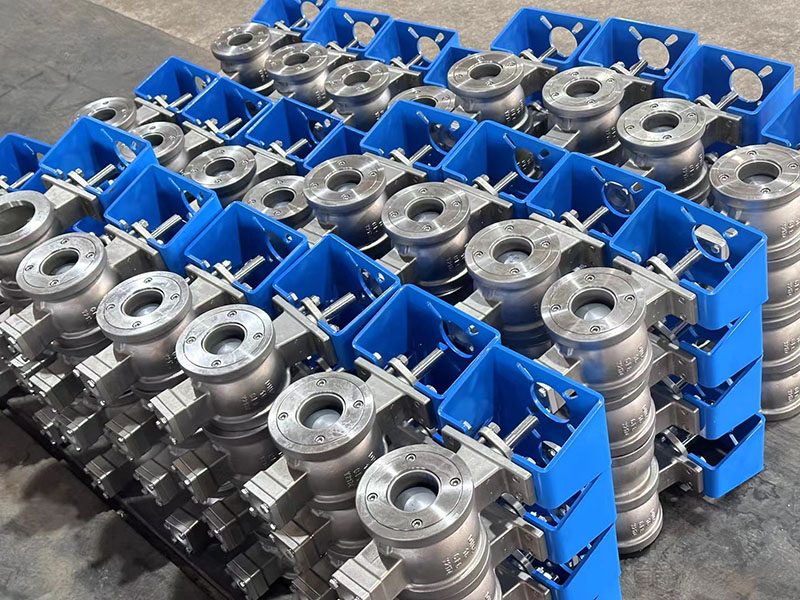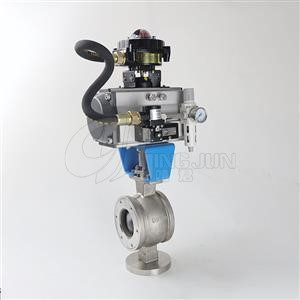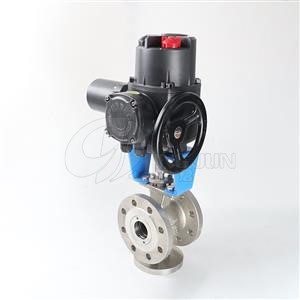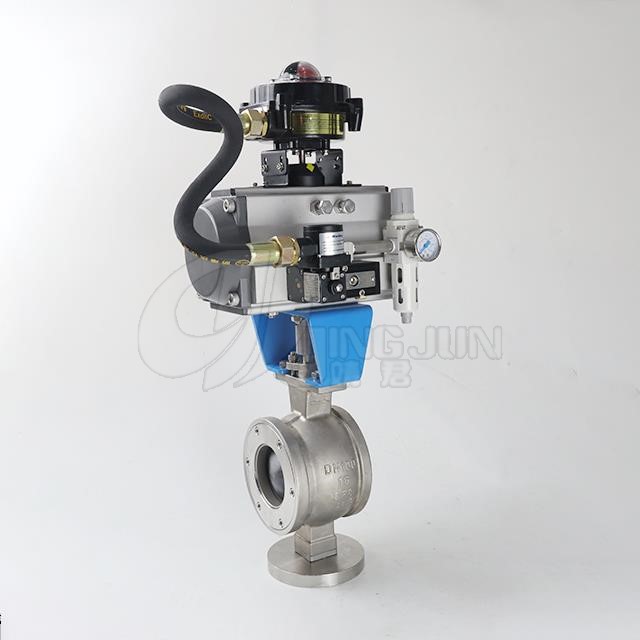Key components of a fixed flange ball valve include:
-
Ball: The ball is the sealing element that controls the flow of the medium. When the ball is aligned with the flow, the valve is open, and when the ball is perpendicular to the flow, the valve is closed.
-
Seats: The seats are the rings on which the ball rests when the valve is closed, ensuring a tight seal. Seats are typically made from materials that can withstand the operating conditions of the fluid, such as polymers or metals.
-
Stem: The stem connects the ball to the actuator, allowing for the rotation of the ball to open or close the valve.
-
Actuator: The actuator is the mechanism used to operate the valve. This can be manual, such as a handwheel or lever, or automated, such as electric or pneumatic actuators.
-
Flanges: The flanges are the connecting pieces that are bolted to the valve and the pipeline, providing a secure and leak-proof connection.
Fixed flange ball valves offer several advantages:
-
Full Bore Design: The ball valve has a full bore design, meaning the ball has the same diameter as the pipeline, which minimizes pressure drop and allows for cleaning or inspection of the pipeline without removing the valve.
-
Quick and Reliable Operation: The quarter-turn operation of the ball valve allows for rapid opening and closing, making it suitable for applications that require quick shutdown.
-
Low Maintenance: The design of the ball valve is simple, with few moving parts, which translates to low maintenance requirements.
-
Wide Range of Applications: Fixed flange ball valves can handle a wide range of temperatures and pressures, and they are suitable for use with a variety of fluids, including gases, liquids, and slurries.
When selecting a fixed flange ball valve, it is important to consider the pressure class, material compatibility, and size to ensure the valve is appropriate for the intended application. Proper installation and periodic maintenance are essential to ensure the valve operates effectively and reliably over its lifespan.
